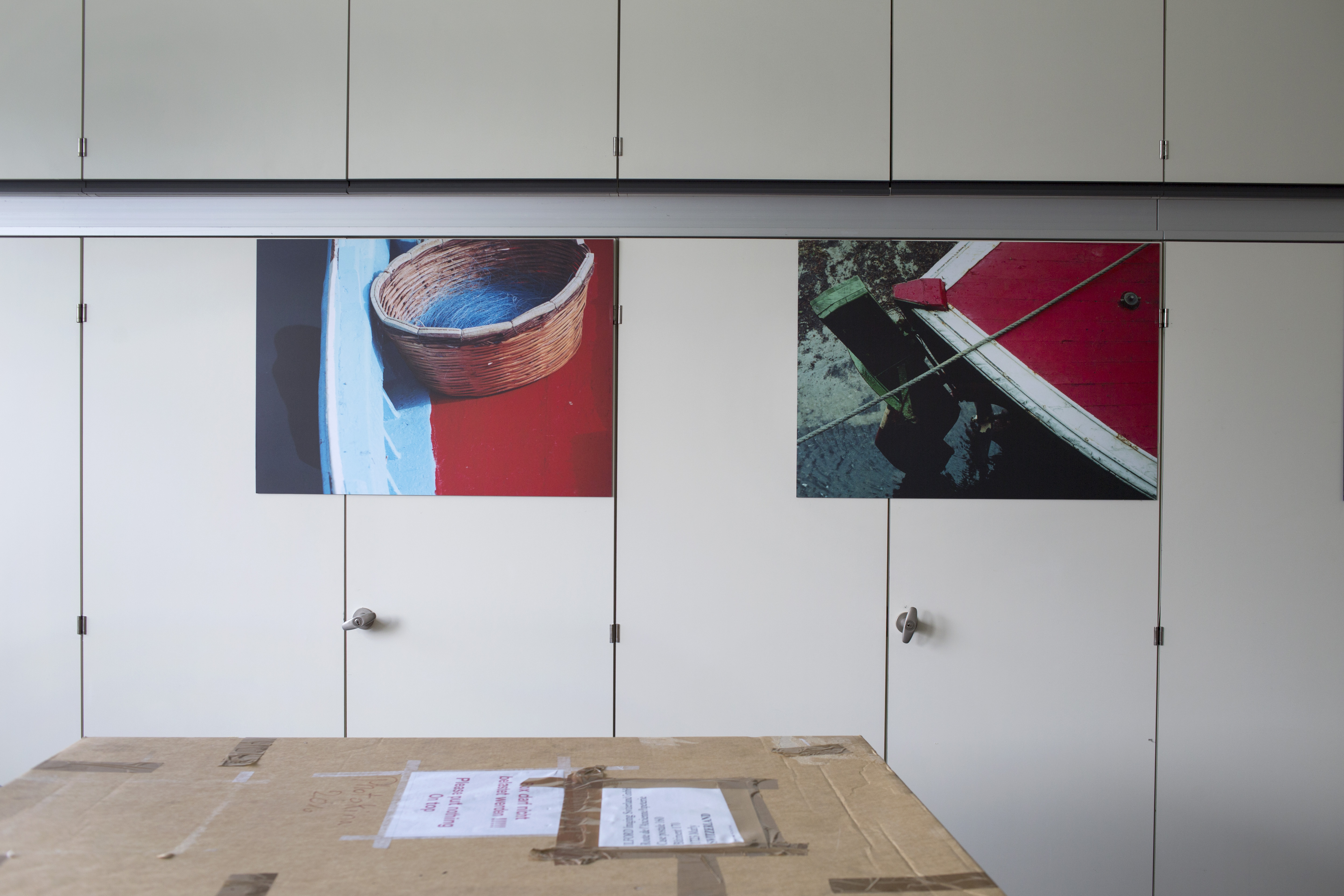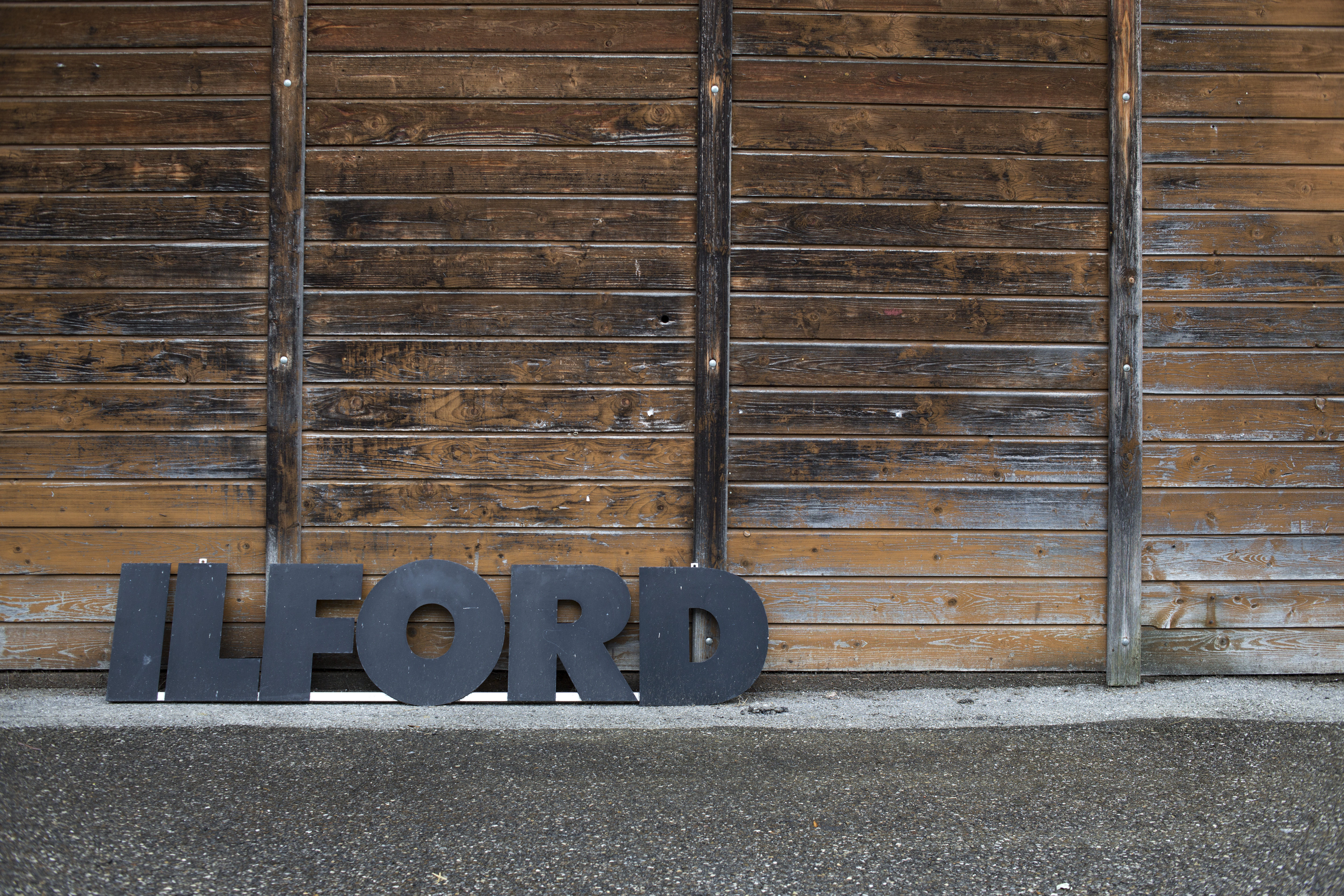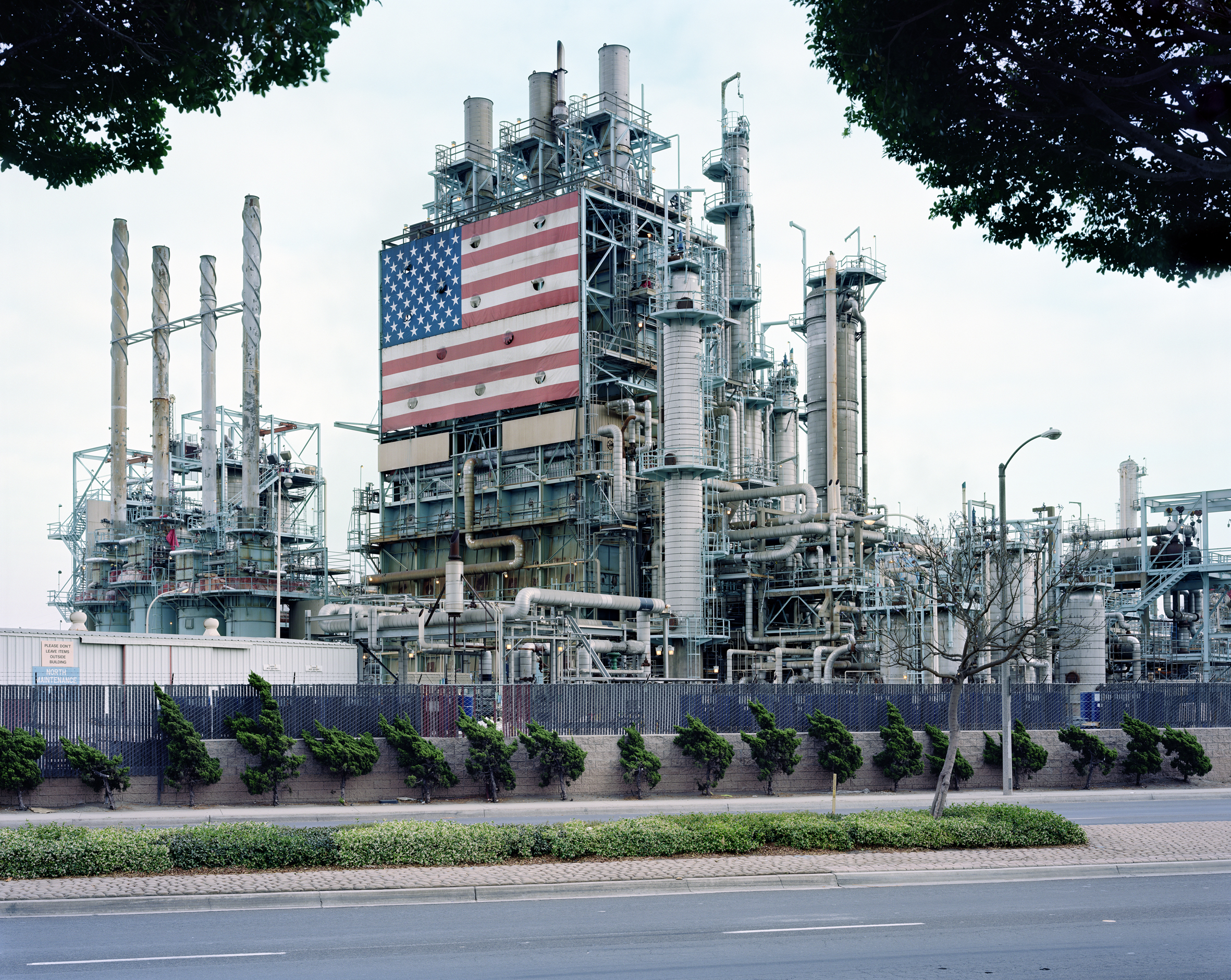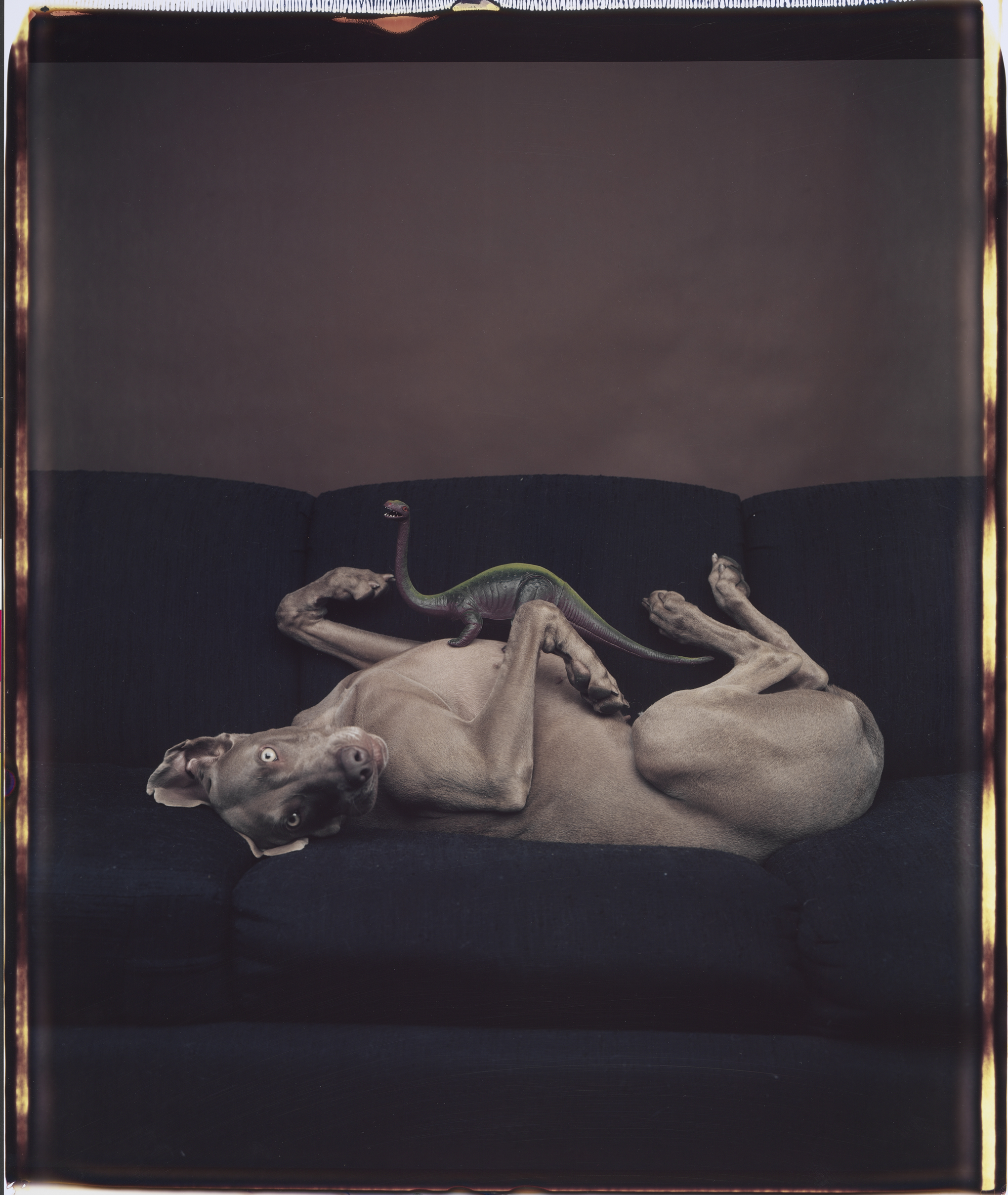Film photography soon to be a luxury

After Canon, Nikon, Kodak, Polaroid and Agfa, it's Ilford Imaging Switzerland's turn to bid adieu to film photography. Unable to compete with digital photography, the 125-year-old business is shedding half its staff and its range of traditional products to avoid bankruptcy, marking the end of an era.
“It’s nothing short of a tragedy. It’s as if you were to tell a carpenter that there is simply no more wood – and when they’ve used up their reserve making bookshelves, they’ll have to switch to making violins, with a material that is as rare as gold.”
Roland Wirtz, a Berlin-based photographer, has been working with Ilford Imaging Switzerland (IIS) since 2004. He develops his gigantic photographs on the company’s famous Ilfochrome paper, but he is also heavily dependent on the machine it developed for retouching photographs.
IIS is based near Fribourg in western Switzerland where it has produced specialised photographic products for 50 years. But this summer its future prospects dimmed when British parent company Paradigm Global Partners cut the financial lifeline, making it impossible to pay the 230 employees.
What followed seemed like a soap opera – the business was bought out by its Swiss management, around a hundred jobs were slashed – including 66 redundancies – a large chunk of real estate was sold off to pay for the layoffs, a Japanese partner joined the dance play… It wasn’t until September 11th that bankruptcy procedures were abandoned.
After having gone through ownership changes and restructuring practically every year for a decade, Ilford was saved from bankruptcy.
The company still has a sizeable card to play with its “multilayer coating on flexible media” technology. This could have applications outside of photography and printing; in television screens, light diffusers and gas sensors used in medical technology. Survival has however required sacrificing its traditional photographic film activities.
The business is a victim of the success of digital photographs and ink-jet printing – just like many competitors, according to Jean-Noël Gex, of Ilford’s technical support.
“Analogue photography is very demanding, you have to work in the dark, without knowing what is happening. Inkjet is a bit simpler – you can see any mistakes straight away and correct them,” he pointed out.
“And more and more people don’t print their photos any more – they look at them on a screen. Japan’s Fuji still produces photo paper – but for how long? And how long will it continue to produce films?”

More
Ilford seeks fresh start
World’s best
It’s the end of the road for the famous Cibachrome paper – today known as Ilfachrome. “The processing is very specific – and it allows you to develop a photograph directly from a positive without a negative” explains Jean-Marc Yersin, director of Vevey’s photo museum.
“This paper can also survive much longer than others – up to 200 years. So it’s perfect for museums and artists.”
Paris-based photographer Roland Dufau says it’s the end of an era in photography. “Digital photography and inkjet printing have their uses – for the press and for advertising for example – but it’s not photography, it’s souped-up printing,” he said.
“With photographic processing, or slide films, you see the transparency of the image. For art, Ilfochrome is unique – it gives the best photo rendering in the world.”
Dufau has been an Ilford client for 35 years. He will run out of Ilford paper next May and with it, his working life will be at an end too as he will be retiring. “Fifteen years ago, there were 77 photo laboratories in France. Only two remain today,” he pointed out. “This is the death knell, and it’s tough.”
1826: Nicéphore Niepce manages to capture the view from his window on a pewter plate coated with Bitumen of Judea, a naturally occurring asphalt.
1904: Louis Lumière presents “Autochrome” , the first colour photograph, to the French Academy of Sciences.
1879: Britannia Works is founded in Ilford near London, later taking on the town’s name and producing photographic products between 1899 and 2005.
In the 1960s, Ilford merged with Swiss firm Ciba Photochimie, which had previously bought out the Tellko group. The merged firm is set up near Fribourg on the site of a former paper mill.
Ilford specialised in paper and inks for professional-photographer inkjet printers. Its coating process allows several layers of dyes to be added to flexible media simultaneously. Cibachrome paper, later renamed Ilfachrome, uses this technique.
1998: Ciba’s research centre leaves Marly near Fribourg and Ilford is bought by a British owner.
2005: Ilford is split into two independent companies, linked by distribution agreements. The “modern” branch which makes inkjet and colour printing products is sold (first to Japanese company Oji, then to Paradigm Global Partners) as Ilford Imaging Switzerland. Between 2006-2013 the company shed 300 jobs and only 130 remain. Its current turnover is around CHF30 million ($33 million).
The “historical” branch of silver halide – black and white – photo processing was bought out by its management to become Harman Technology Limited, but is allowed to continue using the Ilford Photo brand.
(Sources: Ilford Imaging and “Fribourg, une ville aux XIXe et XXe siècles” 2007)
Black and white
Over the years, Gex has tried to improve Ilford’s understanding of customers’ work and to develop its products with them.
“In the good times, we had a core of around 50 labs, each one servicing around five to ten photographers,” he said. “Now there are four or five labs in the US and Britain, three in France and in Russia, two in Germany, one in Switzerland and a sprinkling of highly specialised labs here and there.”
Silver halide – black and white – film photography remains popular. A British spin-off of Ilford, Harman Technology Limited, still makes products linked to this.
“The chemistry involved is much simpler,” reckons Gex. “Colours are much more complicated in terms of formulation and some chemicals are no longer allowed for health or environmental reasons. For black and white, we can still use silver, which is not toxic and is still readily available.”
The situation is serious, but Gex, one of the 66 employees who have been made redundant, tries to keep the situation in perspective.
“Yes, it’s the end of industrial photography, but you can’t stand still in the face of change,” he added. “It’s the speed of this change that has been very upsetting – everything changed much faster than expected because satellite digital technology developed far more quickly than was predicted.”
Niche product
Radu Stern is head of educational programmes at Lausanne’s Elysée photo museum. He sees the end of photographic processing as a switch of tool, a side-step.
“The difference between a digital photo and an analogue one is less important than what is common to them,” he said. “They’re both images, and the photographer is still taking a picture. It’s not the end of the world, rather it’s the end of a world.”
The historian draws a parallel with lithography, invented at the end of the 18th century and which quickly became an important printing method. “When offset lithography was invented at the end of the 19th century, original lithography didn’t die – it simply became a sort of artistic niche, and artists still use it today,” he explained. “It will be the same for analogue photos.”
Stern believes that digital photographs and video have already replaced the traditional media of contemporary art, such as painting and sculpture.
“The ‘ease’ and immediacy of the result enable you to spend much more time on the concept rather than the physical creation of the work. That means that knowing how to make your art has taken a back seat to the ideas behind the work, and the artist is freed from technical constraints.”

In compliance with the JTI standards
More: SWI swissinfo.ch certified by the Journalism Trust Initiative




You can find an overview of ongoing debates with our journalists here. Please join us!
If you want to start a conversation about a topic raised in this article or want to report factual errors, email us at english@swissinfo.ch.